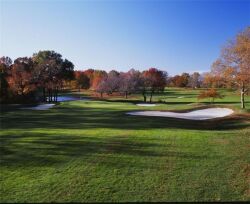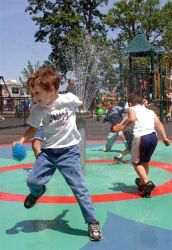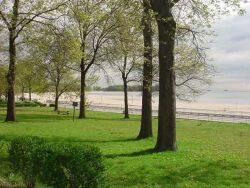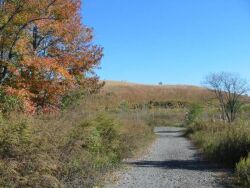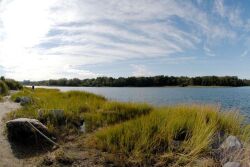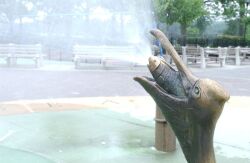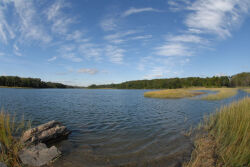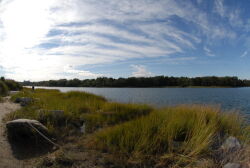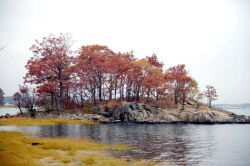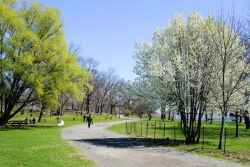Pelham Bay Park
Thomas Pell Wildlife Sanctuary/ Hunter Island Marine Zoology and Geology Sanctuary
The Thomas Pell Wildlife Sanctuary and the Hunter Island Marine Zoology and Geology Sanctuary in the northeast Bronx consist of a total of 489 acres of marshes and forests within Pelham Bay Park. The City began landfill operations near this area on Tallapoosa Point in Pelham Bay Park in 1963. Plans to expand the landfills in Pelham Bay Park in 1966, which would have created the City’s second-largest refuse disposal site next to Fresh Kills in Staten Island, were met with widespread community opposition led by Councilmember Mario Merola, later Bronx District Attorney. This struggle resulted in the creation of the sanctuaries by a local law, signed by Mayor John V. Lindsay on October 11, 1967.
The Thomas Pell Wildlife Sanctuary makes up the westerly part of Pelham Bay Park (2,764 acres). Included within its bounds are Goose Creek Marsh and the saltwater wetlands adjoining the Hutchinson River as well as Goose Island, Split Rock, and the oak-hickory forests bordering the Split Rock Golf Course. The area is home to a variety of wildlife including raccoon, egrets, hawks, and the occasional ibis or coyote. The Sanctuary is named for Thomas Pell, the first European to control the land. Pell signed a treaty with the Siwanoy, the Native American tribe that previously occupied this area, in 1654, marking the first time a Briton owned significant property near Dutch New Amsterdam.
Located north of Orchard Beach, the Hunter Island Marine Zoology and Geology Sanctuary takes in all of Twin Islands, Cat Briar Island, Two Trees Island, and the northeastern shoreline of Hunter Island. It contains many noteworthy geological features including glacial erratics, large boulders that were deposited during the last ice age nearly 15,000 years ago. The rocky coast of Twin Islands, reminiscent of the New England shorefront, is the southernmost outcropping of Hartland Schist, the major bedrock component of such coastlines. The sanctuary supports a unique intertidal marine ecosystem that is rare in New York State. Hunter Island is named for John Hunter, a local landowner, whose estate boasted a collection of fine wine and objets d’art.
Check out your park's Vital Signs
Clean & Safe
Green & Resilient
Empowered & Engaged Users
Share your feedback or learn more about how this park is part of a
Vital Park System

Know Before You Go

Contacts
Pelham Bay Park Administrator's Office: (718) 430-1891
Bartow-Pell Mansion Museum: (718) 885-1461
Park Enforcement Patrol: (718) 430-1815
Pelham Bay & Split Rock Golf Course: (718) 885-1258
Turtle Cove Driving Range: (718) 885-2646
Orchard Beach Nature Center: (718) 885-3466
Urban Park Rangers: (718) 548-0912
Events and General Parks Information: 311
Bronx Equestrian Center: (718) 885-0551
Friends of Pelham Bay Park: (718) 430-4685
Bronx Recreation: General Information: (718) 430-1825
Bronx Recreation: Special Events Permits: (718) 430-1848
Bronx Recreation: Sports Permits: (718) 430-1840
Bronx Recreation: Tennis Permits: (718) 430-1848

